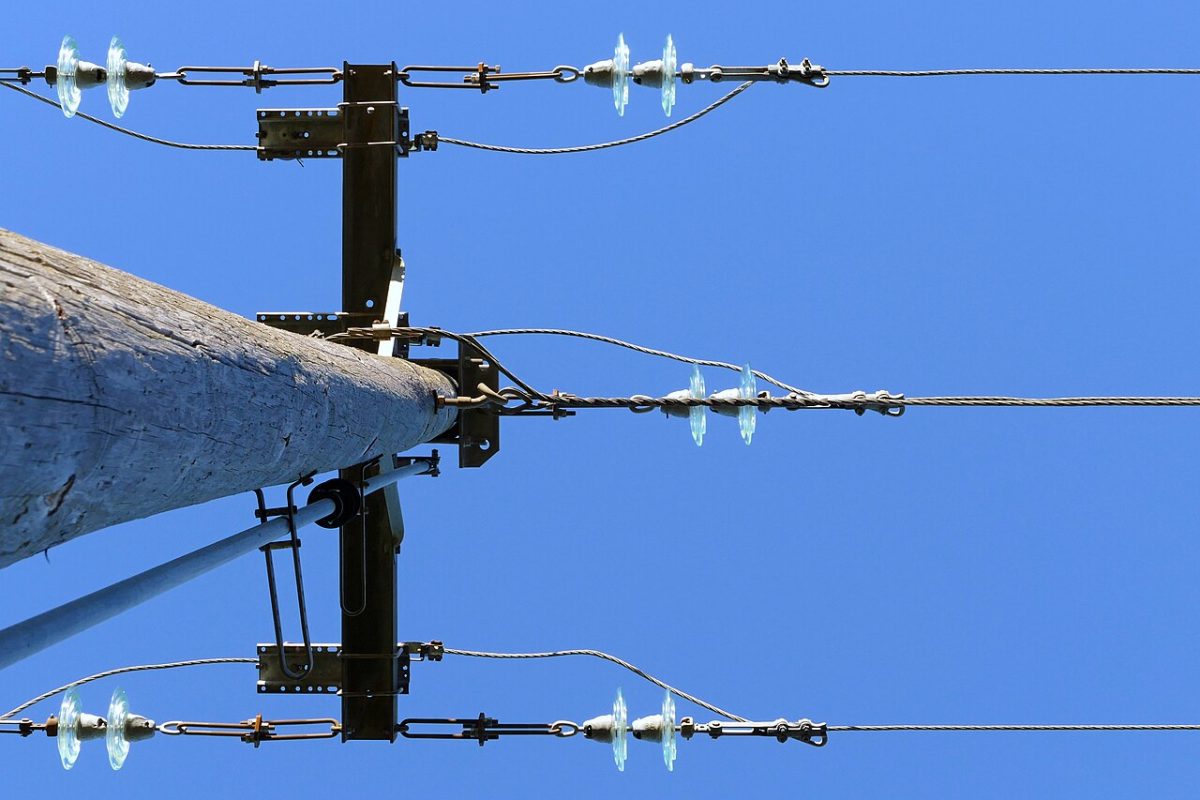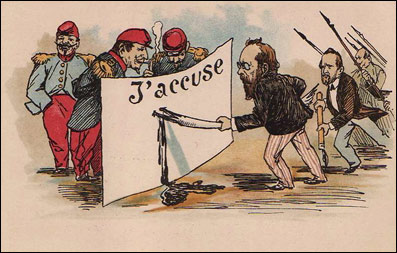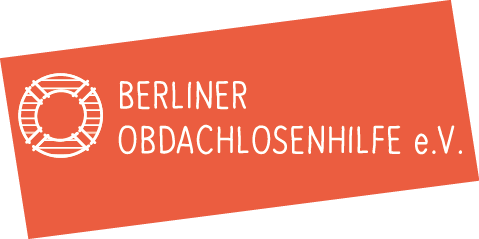Debates surrounding what to do about Görli have once again been in the news over the last few months. This follows a case of sexual assault in the park on July 27th, allegedly perpetrated by a group of migrant men. Naturally, politicians’ stances have fallen along party lines, with the CDU mayor Kai Wegner seemingly on a personal crusade to boost police presence there.
All of this prompted a Security Summit, which took place on September 8th to address the prevention of crimes in Görli and other so-called “crime-prone areas” (kriminalitätsbelasteter Ort) around the city. Among the proposed – and agreed upon – measures are the enclosure of the park at night and a police patrol in the surrounding Wrangelkiez. Notably, Wegner made reference to New York’s Central Park where similar actions have been taken following sexual assaults.
The (racialized) topic of what to do about the “criminals” selling drugs in Görlitzer Park is itself one which has been discussed for at least a decade. There are the obvious critiques to be made of the situation: the increasingly heightened criminalization of migrants hailing from Africa and the Middle East (which is also currently being expressed in the repression around displays of solidarity with Palestine). There’s also the way that paternalistic hand-wringing over the safety and security of women serves to justify more police.
But one other point that has struck me in all this is how the uptick in security measures is, ironically, being taken in the name of making Görlitzer park safe for “everyone.” Particularly when viewed in light of the trend in draconian policies implemented across the city in recent times, it is worth questioning who exactly constitutes “everyone” – and who is left out of the equation.
Policy trend towards privatization
Specifically, we ought to consider the widely-publicized drama around Görli in conjunction with a larger constellation of recent political decisions. For one, the city’s conservative government has recently decided to cut assistance for youth facilities, addiction care, and the homeless in Neukölln, a district that’s home to two of the seven so-called crime prone areas in the city. There’s also the intensifying housing crisis, enabled by CDU judge’s overturning of the Mietendeckel in 2021, which has seen rents skyrocket nearly 30% last year alone. In addition, there has been a visible uptick in homelessness and drug use over the last few years, which will only continue to rise in light of the aforementioned measures. All of these decisions exacerbate social inequality, and research is pretty robust in indicating that inequality is positively correlated with crime – leading to further calls for more police. Yet, there is a brazen lack of concern for how all of these policies intersect to produce and perpetuate conditions that lead to crime – alienation, destitution, trauma, and so on.
Meanwhile, the evidence that enclosing public spaces and ramping up police presence in Görli will really mitigate crime is tenuous. According to Tagesspiegl, even Berlin’s police chief accepts that, “The situation on site will not improve permanently through police measures alone.” Locals have also noted that the increased police presence in the area over the last few years has not helped the situation. Moreover, if the €3.75 million police station in nearby Kotti is any indication, more police are simply not making people in the area feel safer. If anything, they are only playing a role in the perpetuation of criminality and repression where people have fewer ways out in the face of austerity measures that limit access to assistance for drug addicts and poverty relief.
So I would have to call bluff on the politicians’ investment in making any part of Berlin safer for “everyone,” and instead see it as a push towards actualizing a policy agenda set on making our city more hospitable for big business and investment capital. If the aforementioned policies seem to contradict one another in terms of creating a safer situation with less desperation and destitution, they make perfect sense in line with an attempt to “clean up” the city’s streets of undesirables, push the poor out, make things more palatable for wealthier residents, and cast these neighborhoods in a veneer of homogeneity that would appeal to corporations looking to set up shop. As one Kotti resident put it, “The city has other plans for Kreuzberg. Rents here are too high for ordinary people. And once you bring in security, you’ll attract all of the big companies – Adidas, Nike and so on and so forth. Instead of Café Kotti, you’ll get – what’s it called? – Starbucks.”
Here I also think that Wegner’s comparison to Central Park is telling, as NY is a city with a $6bn police budget and, in terms of urban development, an exemplary case for gentrification, untenable cost of living, racial profiling, and the privatization of public spaces. Not to mention that German politicians have justified imposing increased surveillance and security measures such as round-the-clock CCTV cameras in parks based on the fact that it is already being done in other Bundesländer.
These initiatives – the Security Summit, the enclosures of public spaces, the push for more police in the area – are not really an earnest attempt to mitigate crime in the area. At best, they’re a kind of public maneuver to show that the government is doing something about the situation, but at worst, they’re creating a Görli – and a Berlin – that isn’t for everyone at all. Rather, they’re actualizing a gentrified vision of Berlin. But we don’t want Berlin to be another NY or even like other states in Germany.
So what is to be done?
It is my sociological opinion that the best antidote to most social problems lies in building strong communities. Luckily, these efforts are already being made by locals in the Wrangelkiez surrounding Görlitzer Park. There have been a number of community-led initiatives to address the issues in the area without the police, including Wrangelkiez United.
In a recent Tagesschau article, a local resident and member of Wrangelkiez United, explains that increased police presence has only moved the drug trade out of the park and into surrounding neighborhoods. Instead, “It would make sense to try social solutions: overnight accommodations for people who are homeless, consumption rooms and offers of help for people who use drugs, and work permits for people who are here without papers.”
Meanwhile, another resident in the neighborhood included in the article, described as a man playing in the park playground with his grandson, asserts, “I feel very, very comfortable. However, I’m looking for contact with the people, with the criminalized people, so to speak.” He describes his encounters with the supposedly infamous Görli drug dealers, “We almost all know each other now. That’s why I think contact brings a better feeling of security.”
What would truly mitigate crime, therefore, would be addressing social inequality through policies that nourish community and encourage better quality of life: socialization of housing, legalization of drugs, assistance for addicts, and unhoused people. In other words, pretty much the exact opposite of what politicians are currently advocating. These solutions already exist, and it is only a matter of understanding whose interests the politicians currently prioritize. Either way, and as always, it will remain up to the people to mobilize in the name of creating a Berlin that is truly meant for everyone.




